If you spend countless hours coding, you probably know how frustrating it can be when your body starts complaining. Over the years, I’ve dealt with neck pain, wrist pain, and even random finger pains—all tied to my work habits. The good news is that these issues are often preventable and fixable with some simple changes.
In this post, I’ll share what helped me eliminate (or at least drastically reduce) my pains. I’m not a medical professional, but these solutions worked wonders for me. I hope they can help you, too!
The Quick Wins: My Top Ergonomic Tips
- Monitor Distance
- Keep it closer than you think! A common mistake is placing monitors too far away, which strains your neck and forces you to lean forward. For most people, a distance of about 20–30 inches (about an arm’s length) is recommended—but adjust until you can comfortably see text without craning.
- Standing Desk
- Variety is key. Switching from sitting to standing throughout the day relieves pressure on your spine and muscles. Consider an electric standing desk or a converter that sits on top of your existing desk.
- Angled Foot Platform
- Support your legs. When standing, a slight platform on which to rest one foot can ease lower-back tension. If you’re sitting, a footrest can improve circulation and posture.
- Herman Miller Aeron Chair (Buy Used)
- Invest in quality seating. A great chair is pricey but worth every penny, especially if you can find one used. I used a Herman Miller Aeron at Esri, and since then, I haven’t seen anything better for my back and neck.
- Angled Keyboard Tray
- Optimize your wrist position. A negatively tilted keyboard tray can help keep your wrists in a more neutral alignment, preventing strain over long typing sessions.
- Two Different Mice
- Alternate to avoid repetitive strain. I have two mice: one with a neutral (vertical) design and one with a completely different style. Switching between them throughout the day ensures I’m not overusing the same muscles.
1. How I Fixed My Neck Pain: Monitor Distance
The Problem: I used to suffer from chronic neck pain, especially at the end of a long workday. My monitor was way too far back on my desk, forcing me to crane my neck forward constantly.
The Simple Fix:
- I moved my monitor much closer—at first, it felt almost uncomfortably close, but I soon realized it was the proper distance. My neck pain started improving almost immediately.
Tip: If you can’t easily move your monitor stand, try a monitor arm. These are inexpensive and allow you to adjust height, tilt, and distance to find your perfect sweet spot.
2. How I Fixed My Wrist Pain: Switching Mice
The Problem:
- I initially got an “ergonomic” mouse from Amazon. Within a few weeks, I developed pain on the top of my wrist, right where my hand and wrist meet. It was frustrating because this mouse was supposed to prevent precisely that.

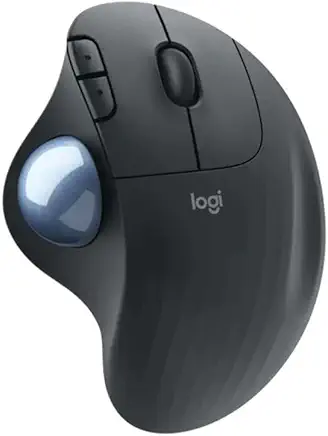
The First Solution:
- I replaced that mouse with a new one—different design, different angle—and that resolved my wrist pain for a couple of years.
However, as technology changed and my workflow changed, I encountered a new problem…
3. How I Fixed My Middle Finger Pain: Dual Mouse Setup
The Problem:
- With the rise of LLMs and AI tools, I endlessly scrolled through code, chat logs, and documentation. Suddenly, the middle finger I used to scroll started hurting—a sharp, nagging pain that wouldn’t quit.
Initial Attempt:
- I maxed out my scroll speed and mouse sensitivity using the Logi+ Control Center. That helped reduce the number of scrolls I needed, but the pain persisted because I was still using that same finger in the same repetitive way.

Final Solution:
- I bought a second mouse (the Orbit Trackball). Now, I switch between them on the fly. Whenever I know I’ll be doing a lot of scrolling, I switch to the trackball to give my middle finger a break. The difference is night and day. It’s been a month, and my middle finger pain is almost gone!
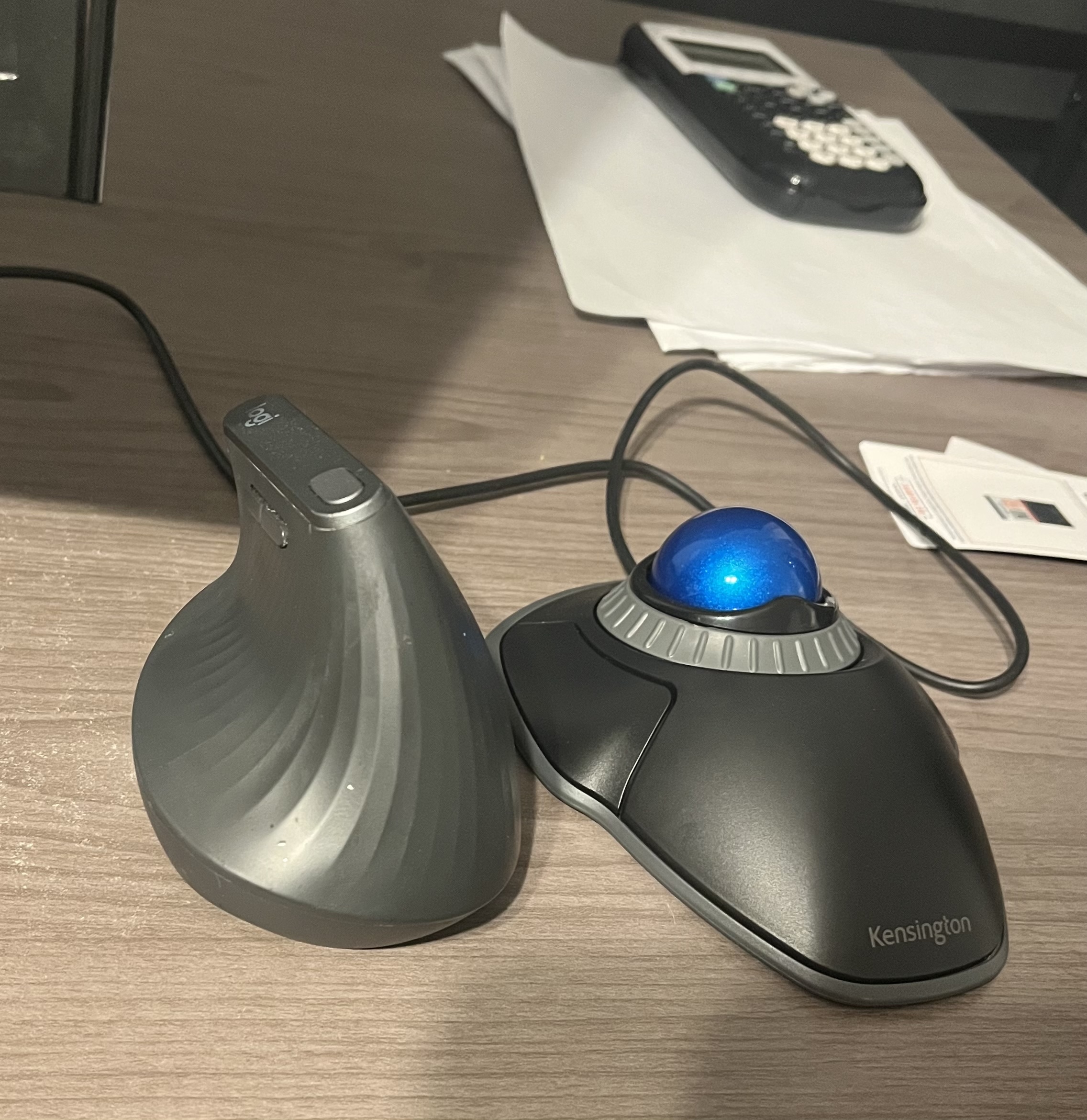
Conclusion
Ergonomics is all about variety and alignment:
- Monitor: Keep it closer than you think.
- Chair: Invest in the best you can afford (buy used if necessary).
- Desk Setup: Alternate standing and sitting. Use angled foot platforms and keyboard trays for better posture.
- Mice and Keyboards: Don’t be afraid to experiment; keep a spare alternative to switch things up.
These small, incremental changes transformed my coding life by eliminating constant body aches. If you’re experiencing any pain while working, I encourage you to try these tips or do further research into ergonomics. It’s an investment in your health and productivity.
Have any favorite ergonomic hacks or solutions that have worked for you? Share them in the comments!
Key Takeaways
- Proximity is powerful: Bring your monitor closer to reduce neck strain.
- Change it up: Standing desks, angled foot platforms, and adjustable chairs and trays help vary your posture.
- Switch your gear: Using two different mice (or a trackball) can alleviate repetitive motion pain in your fingers and wrists.
- Listen to your body: If something hurts, it’s often a sign that your setup (or usage habits) must change.
That’s it! By monitoring your workspace ergonomics and changing things up when you feel pain creeping in, you can prevent those aches from becoming full-blown injuries. Happy coding!
Comments
- No comments yet.

John Solly
Hi, I'm John, a Software Engineer with a decade of experience building, deploying, and maintaining cloud-native geospatial solutions. I currently serve as a senior software engineer at HazardHub (A Guidewire Offering), where I work on a variety of infrastructure and application development projects.
Throughout my career, I've built applications on platforms like Esri and Mapbox while also leveraging open-source GIS technologies such as OpenLayers, GeoServer, and GDAL. This blog is where I share useful articles with the GeoDev community. Check out my portfolio to see my latest work!
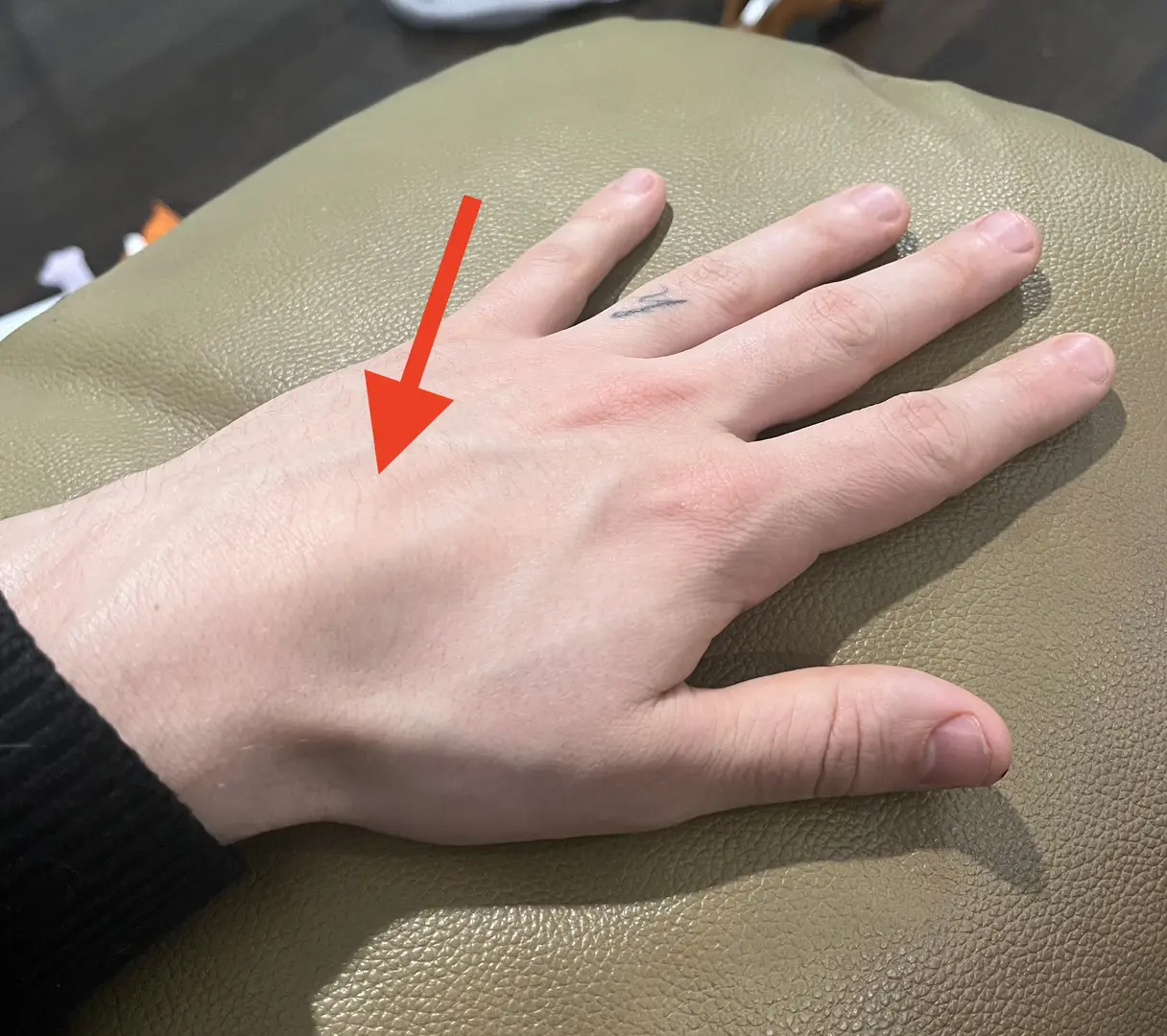



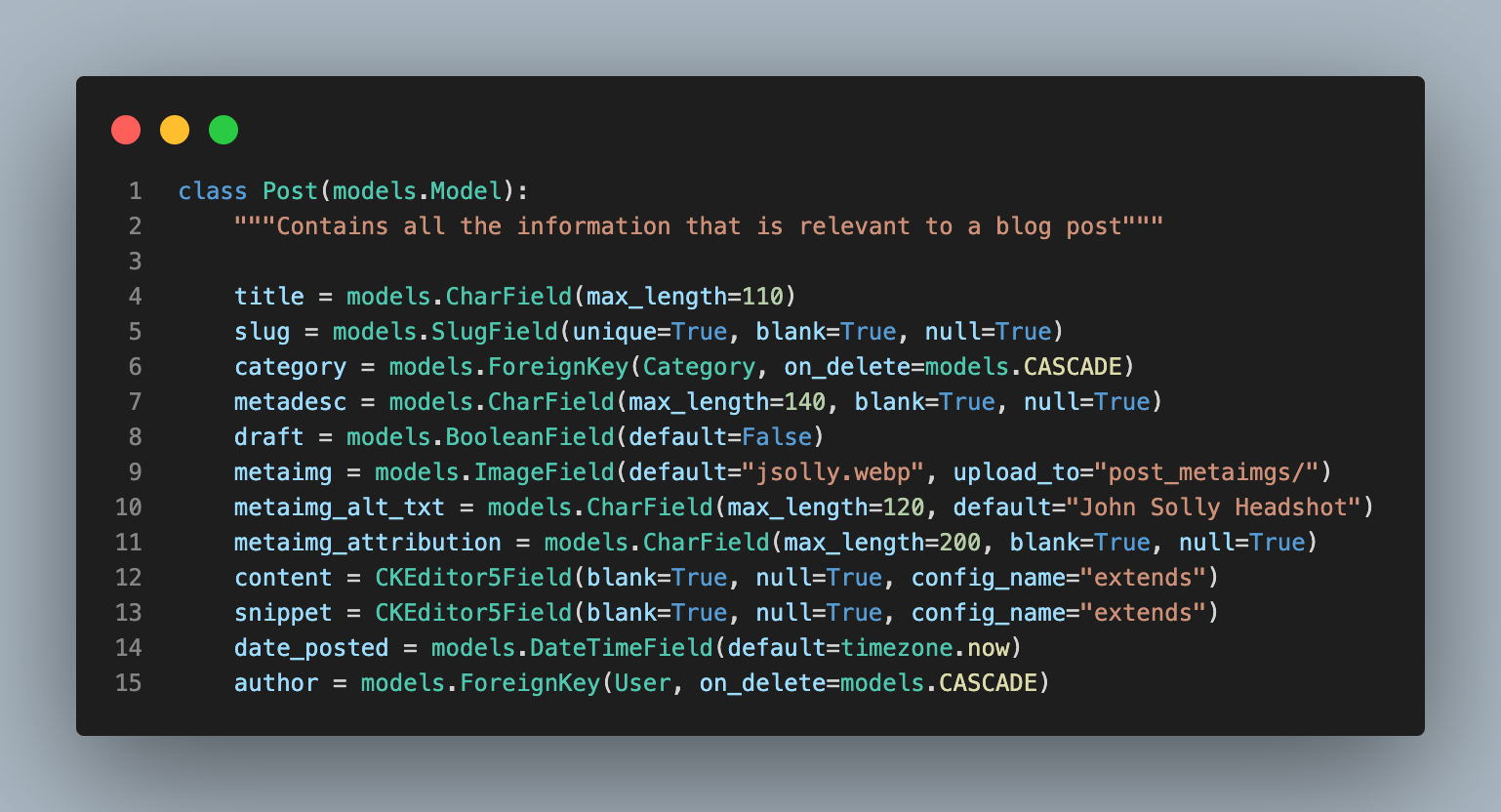


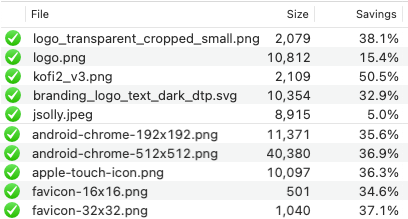
0